
PHOTO: C METTRAUX
Chris Mettraux is a photographer whose feel for perspective is clear to see in this panorama, "Lac", and in much of his work.
It's not easy to capture the desired composition when working with pinhole cameras. Whether you're using a rudimentary viewfinder or relying on eyesight alone, achieving the optimum framing, depth and dynamics demands patience and experience. It's hard not to feel disappointed when a photo for which you had such high hopes is invaded by an object you were sure was well outside the
FOV, or ruined by an error of judgement positioning the tripod.
Chris Mettraux defeats these challenges spectacularly. Thank you, Chris, for getting involved.
"Lac" was taken with a Holga WPC camera on Shanghai GP3 100 ISO film.
 PHOTO: A HUPJAN
PHOTO: A HUPJAN


 PHOTO: GONZO
PHOTO: GONZO PHOTO: SHIKIKO ENDO
PHOTO: SHIKIKO ENDO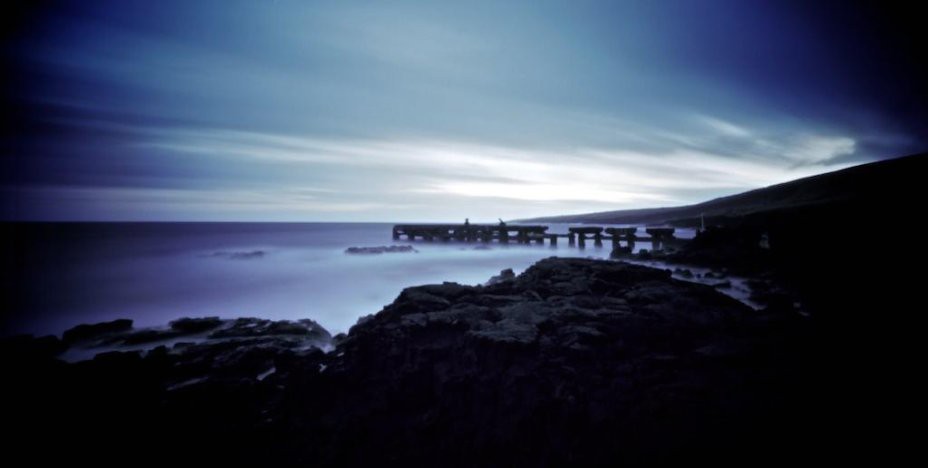 PHOTO: M HAWLEY
PHOTO: M HAWLEY  PHOTO: B CIECHORSKI
PHOTO: B CIECHORSKI  PHOTO: C METTRAUX
PHOTO: C METTRAUX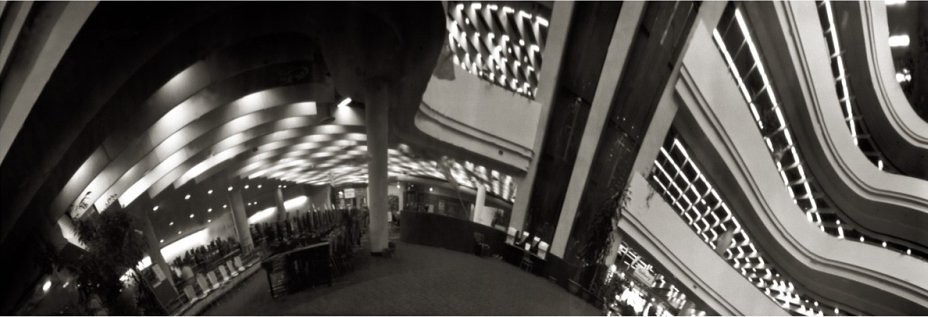 PHOTO: DELIOTO
PHOTO: DELIOTO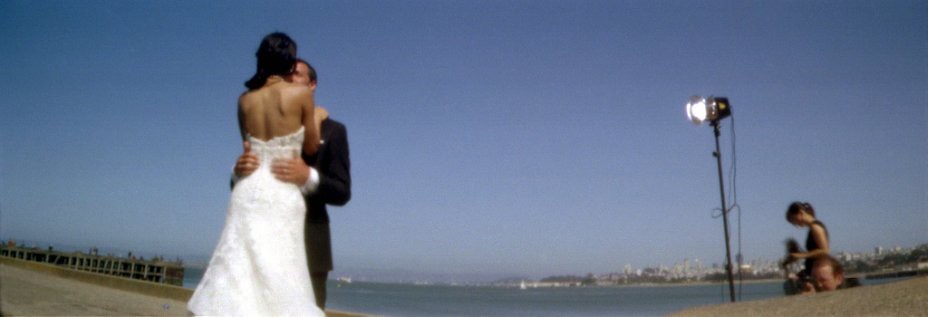 PHOTO: J KITTELSRUD
PHOTO: J KITTELSRUD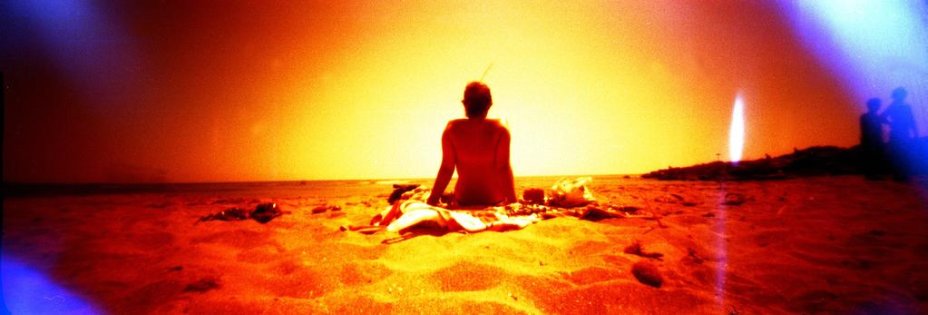 PHOTO: JEABZZ
PHOTO: JEABZZ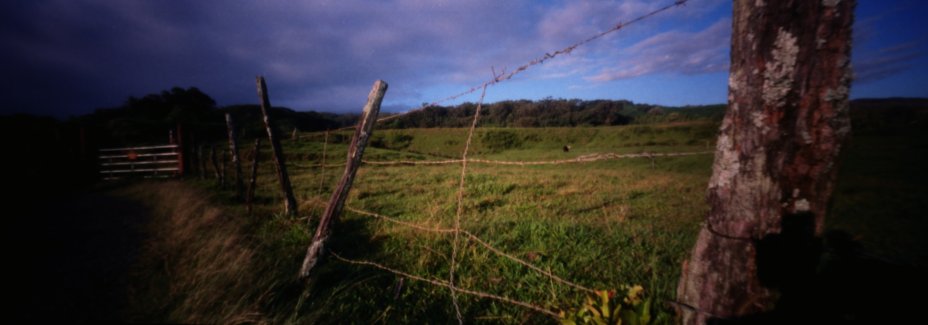 PHOTO: K COOKE
PHOTO: K COOKE PHOTO: T BROGAN
PHOTO: T BROGAN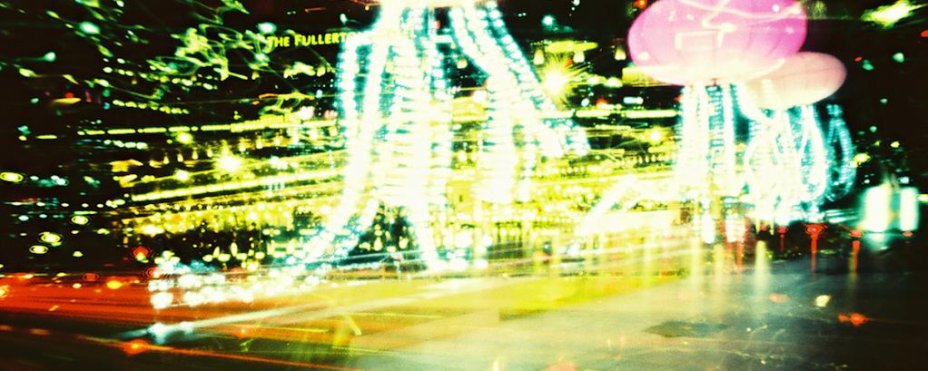 PHOTO: S LEE
PHOTO: S LEE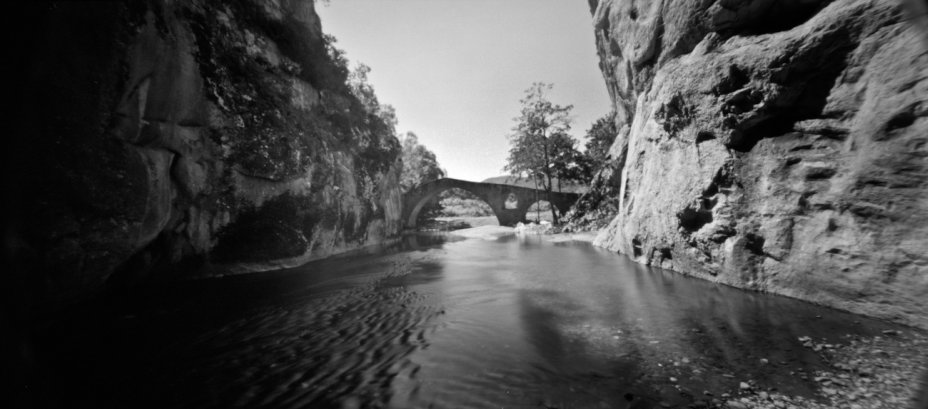 PHOTO: VILSONIUS
PHOTO: VILSONIUS